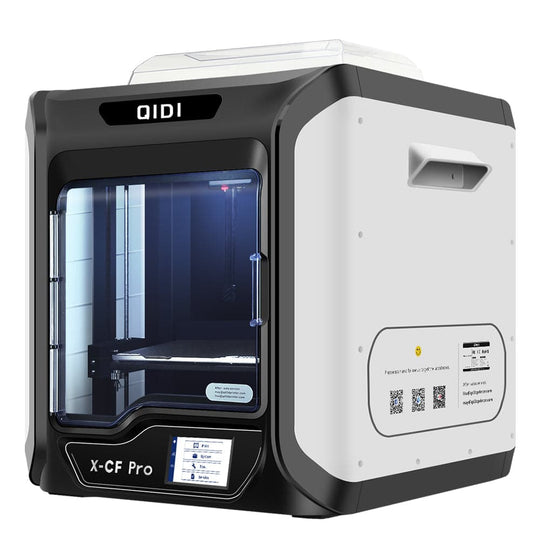Fused Deposition Modeling (FDM) is a revolutionary technology that has significantly impacted various industries. The FDM 3D printer has evolved from a tool primarily used for prototyping to a viable solution for producing functional parts. This article delves into the journey of FDM 3D printing, highlighting its capabilities, applications, and future potential.

Understanding FDM 3D Printing Technology
The FDM 3D printer operates by melting thermoplastic filaments and extruding them layer by layer to create three-dimensional objects. This process allows for intricate designs and complex geometries that traditional manufacturing methods often struggle to achieve. But what makes FDM so appealing?
- Cost-Effectiveness: FDM technology is generally more affordable than other 3D printing methods, making it accessible to small businesses and hobbyists.
- Material Variety: A wide range of thermoplastics, including PLA, ABS, and PETG, can be used, catering to different application needs.
- Ease of Use: Many FDM 3D printers are user-friendly, with straightforward setup and operation processes.
Applications of FDM 3D Printing
Initially, the FDM 3D printer was predominantly utilized for rapid prototyping. However, its applications have expanded significantly. Today, it is used in various sectors, including:
- Aerospace: Lightweight components are crucial in this industry, and FDM allows for the production of complex parts that meet stringent regulations.
- Healthcare: Custom prosthetics and dental models can be created with precision, enhancing patient care.
- Automotive: FDM technology enables the rapid production of tooling and fixtures, reducing lead times in manufacturing.
The Future of FDM 3D Printing
As technology advances, the FDM 3D printer is poised to play an even more significant role in manufacturing. Innovations in materials and printing techniques are paving the way for:
- Increased Speed: Newer models are being developed to enhance printing speed without compromising quality.
- Greater Precision: Advances in nozzle technology and software are improving the accuracy of printed parts.
- Sustainability: The development of biodegradable filaments is making FDM printing more environmentally friendly.
Conclusion
The evolution of the FDM 3D printer from a prototyping tool to a production powerhouse illustrates its versatility and potential. As industries continue to embrace this technology, the possibilities for innovation are limitless. For those interested in exploring high-quality FDM 3D printers, consider visiting for a range of options that cater to various needs.



